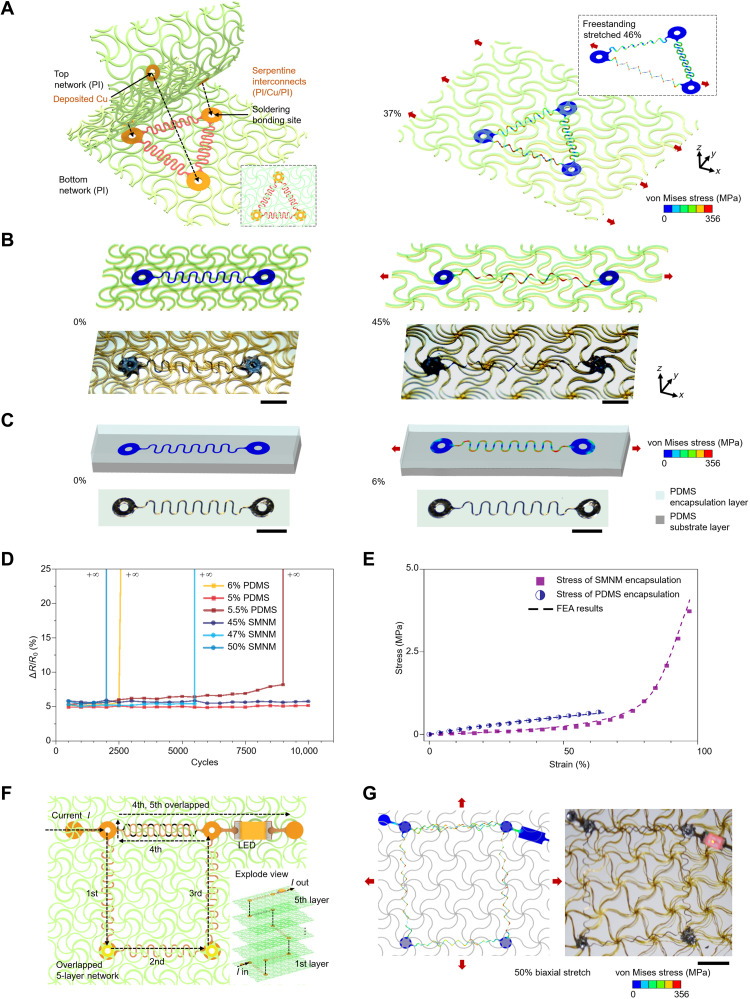Fig. 1. Conceptual illustration of the combined integration and encapsulation strategy of stretchable interconnects based on SMNMs.
(A) Process for the integration and encapsulation of serpentine interconnects by a bilayer network material. Right: FEA results for the deformed configuration under 50% uniaxial stretching, in comparison to the case of freestanding serpentine interconnects. The color of serpentine interconnects represents the magnitude of von Mises stress in the metal layer. (B) FEA results and optical images of serpentine interconnects encapsulated by a bilayer network material, under 45% uniaxial stretching (corresponding to the elastic stretchability). (C) Similar results of serpentine interconnects encapsulated by PDMS solid, under 6% uniaxial stretching. (D) Relative variation of the resistance for interconnects encapsulated by PI network and PDMS, under tensile cycling tests with different levels of strain amplitudes. (E) Stress-strain curves and associated resistance variations during tensile loading for interconnects encapsulated by PI network and PDMS. (F) Design of a stretchable LED device based on the five-layer network material. (G) Images and FEA results of the device stretched biaxially to 50%. Scale bars, 1 mm (B, C, and G). Photo credit: H.S., Tsinghua University.

